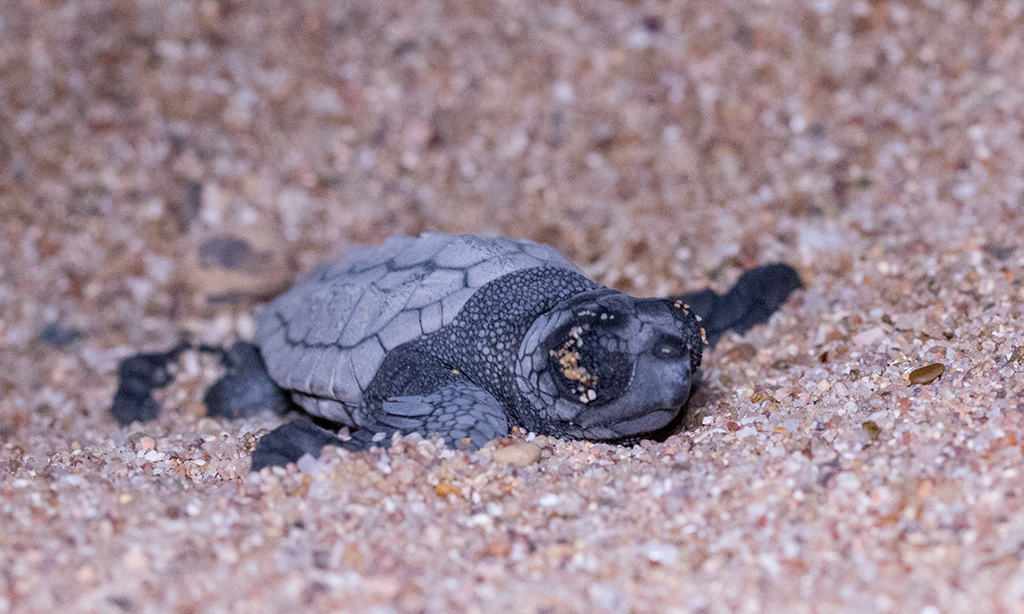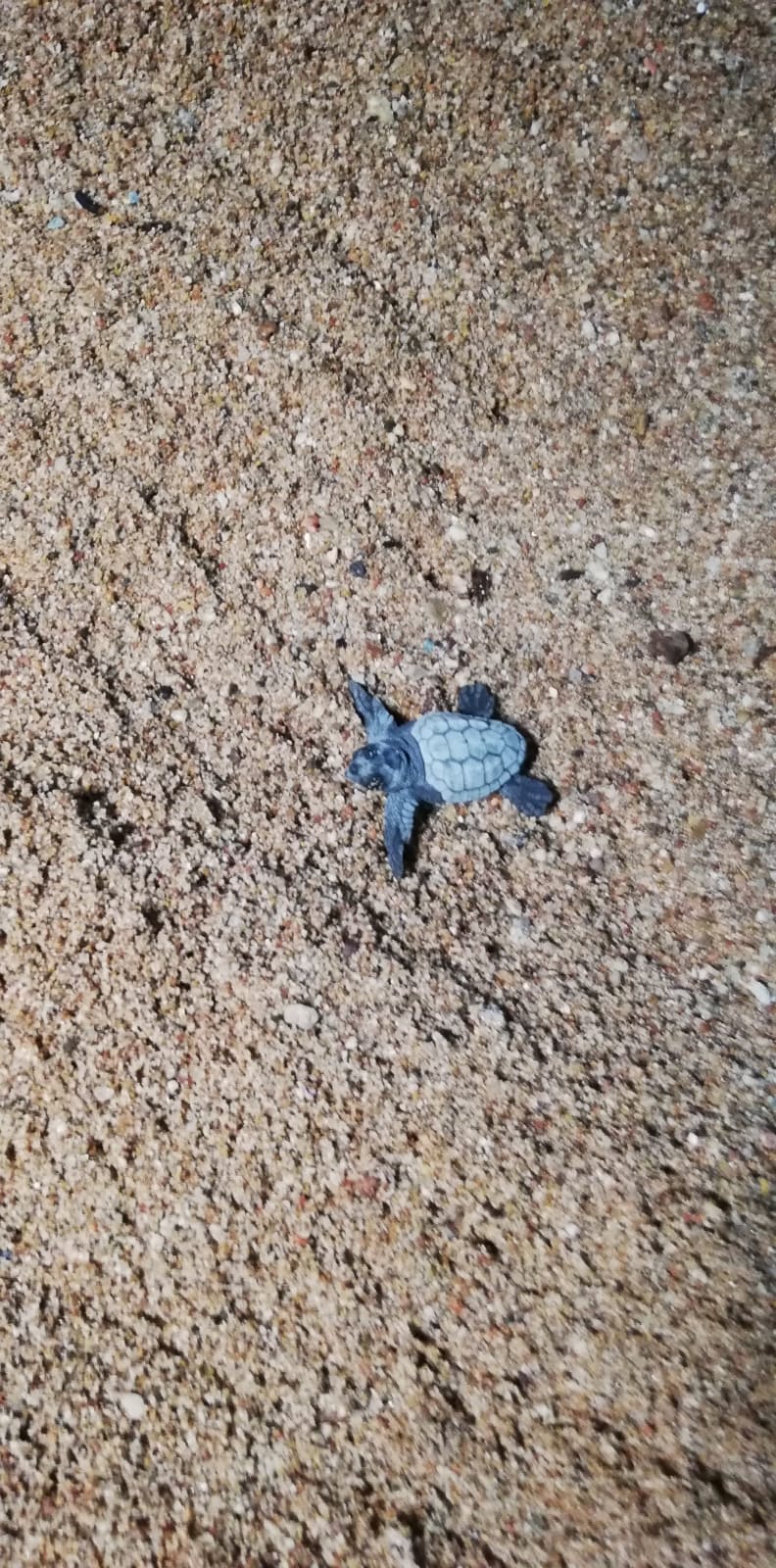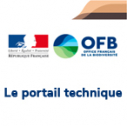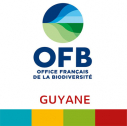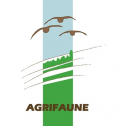Naissance exceptionnelle de tortues caouannes dans le Var
On Wednesday August 26th, in the morning from 6 to 9 am, the first loggerhead turtle hatchlings were seen heading toward the sea. At the end of the morning, another dozen of hatchlings reached the sea, under the close monitoring of biologists and site managers. At 11 pm, the emergence process started up again and a second group reached the surface and crossed the 8 meters separating them from the sea. This hatching occurred after 46 days of incubation (usually between 45 to 65 days).
On July 11th, a first event had thrilled the city of Fréjus and more specifically “Les Sablettes” beach : a sea turtle laid her eggs!
That Wednesday, the local referent person of the French Mediterranean Marine Turtle Network (RTMMF) went there immediately to manage and supervise this critical phase. Some eggs were still under several dozens of centimetres of sand and some little stragglers could hypothetically still reach the sea.
No activity had been recorded to date in the nest located on the second nesting site of Esclamandes. The agents stepped up their attention to ensure the monitoring and implementation of operations.
Full-time mobilisation of local stakeholders
Faced with this rare and exceptional phenomenon, all the local stakeholders in the field, the Marineland Association, Var Estérel Méditerranée (CAVEM) Marine Observatory, the Var departmental service of the French Biodiversity Agency (OFB), the city of Fréjus and the Conservatoire du Littoral (French coastal protection agency) had been at work since the exceptional July 11th egg-laying, advised by national and local sea turtle experts. As soon as this event was revealed, major security measures were implemented at both nesting sites (perimeter delineated with wooden barriers and fences) and the monitoring of the sites was carried out by the Var departmental service of the French Biodiversity Agency, the Fréjus city police and the urban community of Var Estérel Méditerranée (CAVEM).
The teams also informed and raised awareness among the numerous tourists during this period of the year. Another priority for the teams in the field was to ensure eggs monitoring. A temperature sensor was set up to follow-up the temperature, which is a key parameter in the development of the embryos. And then Mother Nature did the rest! Let the nature take its course, intervene as little as possible but stay attentive, observe and collect data. This was the approach taken by experts and stakeholders in the field.
Since the first emergence on Wednesday August 26, the measures were strengthened, in particular by the systematic presence every night of an OFB field team complementing local site managers.
A rare event
In 2016, a Loggerhead Turtle had already come to lay its eggs on the Saint-Aygulf beach, and since that time other egg-laying had occurred on the French Mediterranean coastline (in the Hérault department in 2018 and in Corsica in 2019). These events remain uncommons in mainland France as the nesting areas of this species in the Mediterranean are mainly located on the Mediterranean’s southern shores and in the eastern basin.
Numerous Loggerhead turtles can however be found in French Mediterranean offshore waters, as shown by the surveillance programme set up for the Marine Strategy Framework Directive (MSDD) to promote the national monitoring of turtles in French waters, coordinated by the OFB.
Many of them are found stranded, injured or dead on our shores. The causes are most often linked to human activities (accidental capture in fishing gears, collision with boats or ingestion of plastic waste).
Fortunately, there are marine turtles care centres operating in the Occitanie region (Centre for Research and Conservation of Mediterranean Sea Turtles) and on the French Riviera (Wildlife Rehabilitation Centre) to heal the injured turtles before returning them to the sea. The network of marine protected areas plays also a crucial role, with agents fully involved in the monitoring and surveillance networks.




